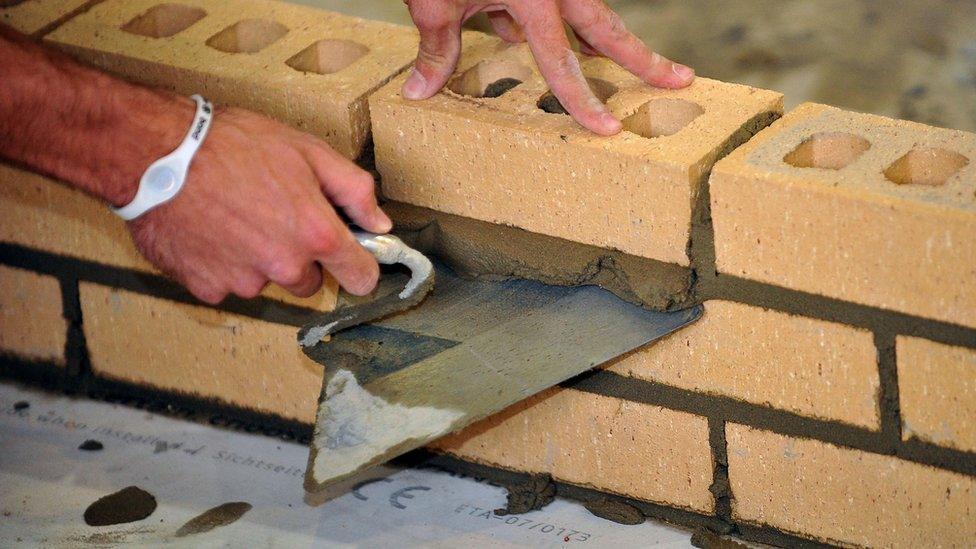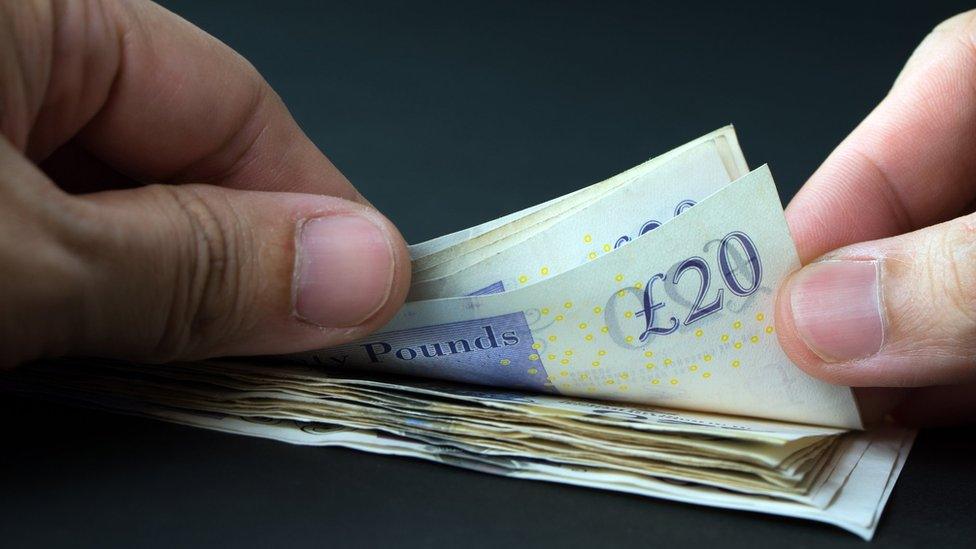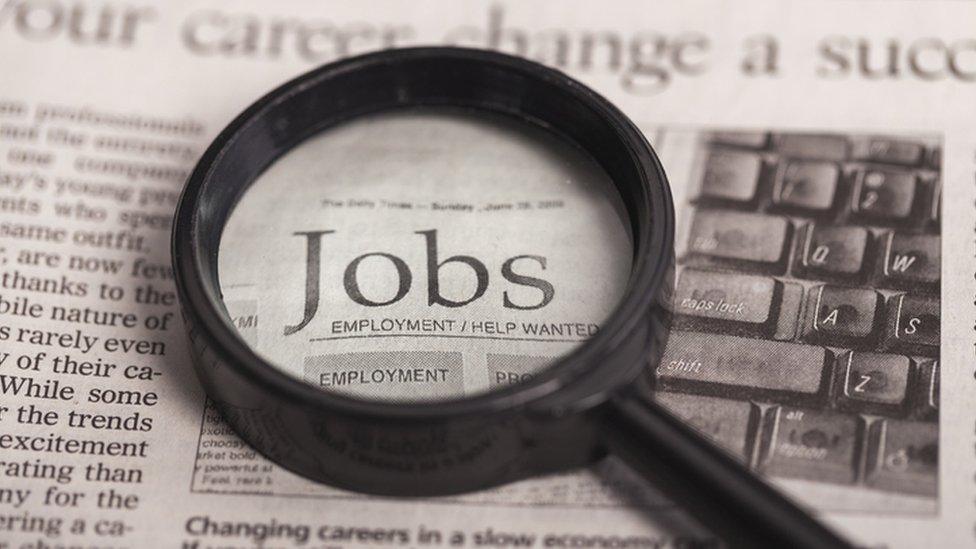Coronavirus: NI economy forecast to recover from pandemic by 2023
- Published

Economists said it could be 2024 before all the jobs lost during the pandemic are replaced
The Northern Ireland economy should return to its pre-Covid level of output by the first half of 2023, Ulster University economists have forecast.
They estimate the economy shrank by more than 10% last year, but will grow by nearly 6% this year and 4% in 2022.
But they say it may be 2024 before all jobs lost during Covid are replaced.
"Economic prospects are much more positive than a few short months ago," said Gareth Hetherington from Ulster University Economic Policy Centre.
"The supports provided by both Westminster and Stormont have prevented an economic catastrophe and many businesses are showing significant resilience and returning quickly to growth.
"The pathway to the new normal will have its challenges, but the recovery journey is under way."
Mr Hetherington, director of Ulster University Economic Policy Centre (UUEPC), cautioned that risks to growth include battle between the pace of the global vaccine roll-out programme and the mutation of the virus.
Mr Hetherington said the UUEPC was reasonably optimistic the winding down of the furlough scheme in the coming months would not lead to a big spike in unemployment.
Employers will have to start contributing to furloughed staff salaries in July but since November last year, they have had to meet the cost of National Insurance contributions and pension contributions for their staff on the scheme.
"Intuitively, that would have been the point when firms would have started the process of letting staff go, therefore it is encouraging that a spike in unemployment did not occur at that time," Mr Hetherington said.

Supplies of building materials are running short in the UK, leading to pressure on prices
The UUEPC said the risk of higher inflation and a rise in interest rates could also challenge the course of recovery.
Prices of some goods, such as building materials are currently surging, as demand outstrips supply.
Economists are currently debating how much of this is a predictable, transitory phenomenon or one which could lead to an inflationary spiral.
The UK rate of inflation in April was 1.5%, still below the Bank of England target of 2%.
The bank had said that UK inflation is heading above the 2% target and is expected to hit 2.5% at the end of 2021.
That is due to a rise in global oil prices and the expiry in September of Covid emergency cuts to value added tax (VAT) in the hospitality sector, as well as comparisons with the pandemic slump of 2020.
The bank thinks inflation will then slip back to 2% in 2022 and 2023.
Related topics
- Published27 May 2021

- Published19 May 2021

- Published18 May 2021
